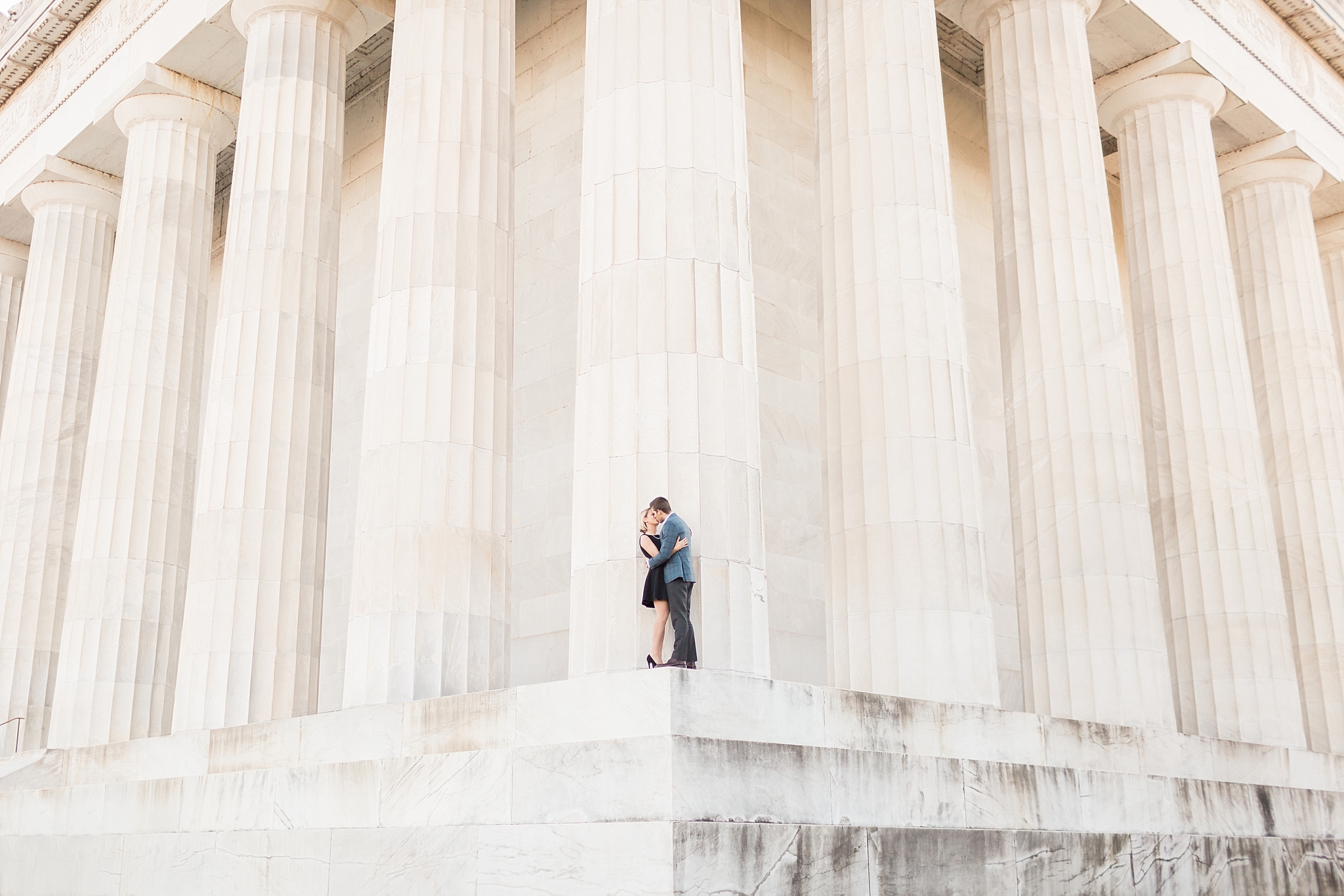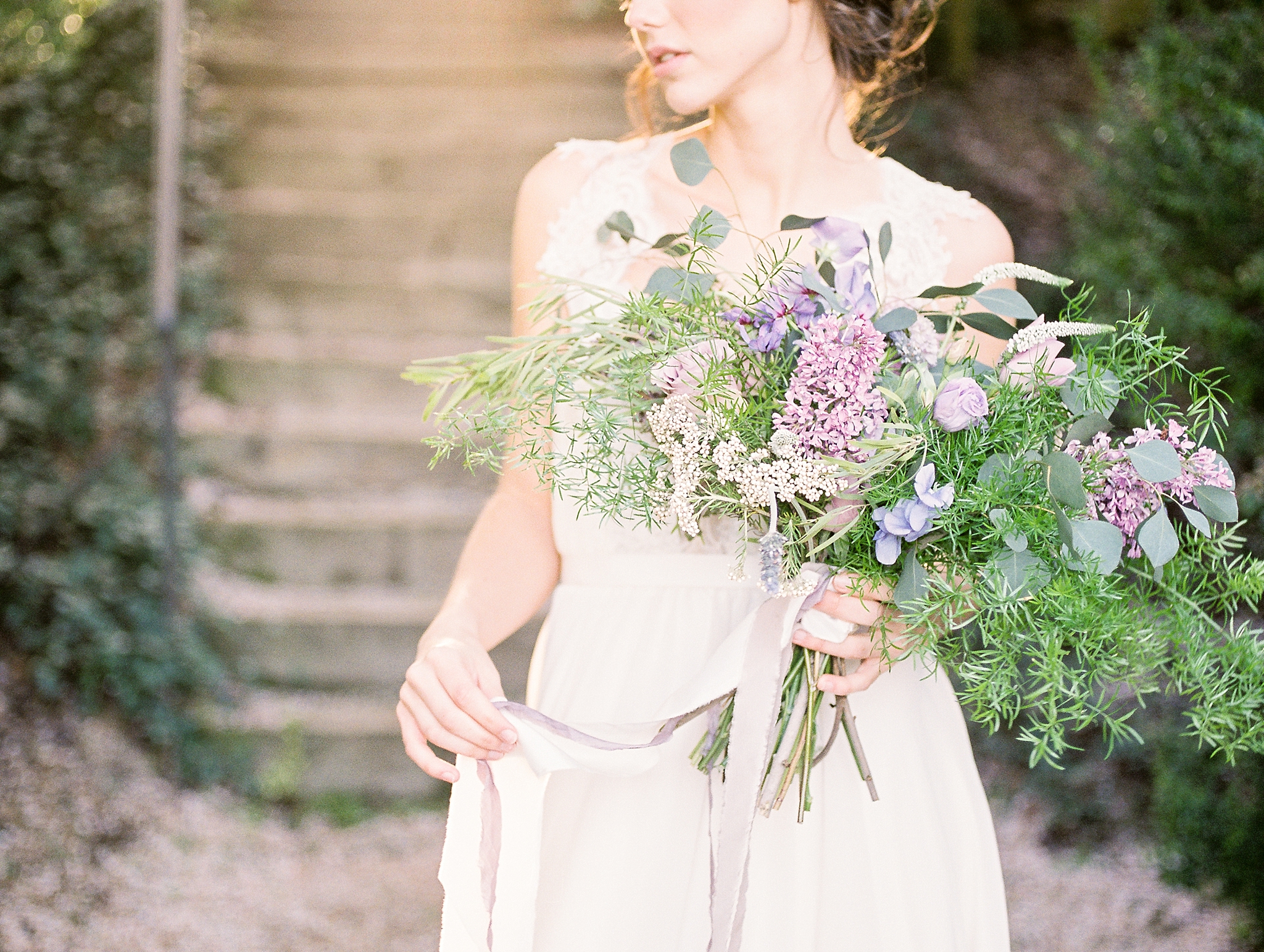Let’s be honest, as Washington, DC wedding photographers, we live and work in an over-saturated market filled with tons of talent. This, of course, isn’t a bad thing if you are a bride, but is hard to deal with when you are trying to fill your portfolio and learn. Second shooting can be a catch 22 — it’s hard to find someone to work with you if you don’t have any experience, but you can’t get any experience if no one will work with you!
Before I started shooting weddings solo, I spent an entire year working exclusively as a second shooter. I know this path might not be right for everyone, but in my experience, it was the best possible way to go about setting a foundation. After all, we have a huge responsibility to future brides and grooms and you don’t want to make promises you can’t keep. I highly recommend learning under a primary shooter before booking your own clients; if nothing else, you’ll walk into your first wedding day completely comfortable!
I am eternally grateful to those who allowed me to work and learn under them and want to pass along some tips they shared with me to all other photographers out there looking to second shoot one day:
1. Watch how you are interacting with clients — of course be friendly, but you are not the person they hired, so you don’t want to over do it. Steer clear of adding anyone as a friend on Facebook.
2. Step up where needed, even if it means putting your camera down. You might miss some shots, but part of your job as second is to assist where needed. Help corral family for shots, grab items left behind, etc. Which leads me to 3…
3. Don’t make it all about you! We all want to soak up as much as possible and that will happen naturally throughout the day just by observing. Of course ask questions when there is time, but your focus should be on assisting the main photographer to ensure a smooth wedding day. Being a second shooter is a very humble position as you must put the primary before you.

4. Do NOT ever self promote — if you’re handing out business cards, they better belong to the main photographer. That’s all that needs to be said for that one.
5. Shoot with a different lens than the main photographer for greater variety. Also, be sure to keep enough distance, when necessary — this is because you don’t want people confused about which lens to look into. Focus on getting candids, different angles, etc.
6. Try not to overshoot! This one was super hard for me as a beginner, but remember, you aren’t the one culling the images at the end of the day along with 3,000+ they took themselves!
7. Don’t post pictures until you have permission. Many photographers submit their work in hopes of getting it published — and many publishers require the images not to be posted online in order to publish the work! So, you don’t want to be the reason that they got held back.
8. Finally, ask before doing! Every photographer is different and has varying expectations. None of these tips are set in stone and some photographers may want completely different things! Be upfront and honest to get to know their needs.

add a comment
+ COMMENTS